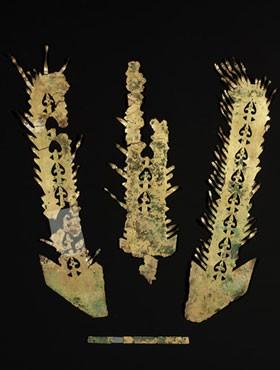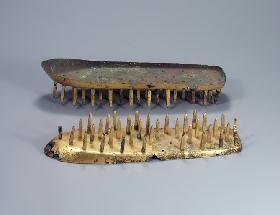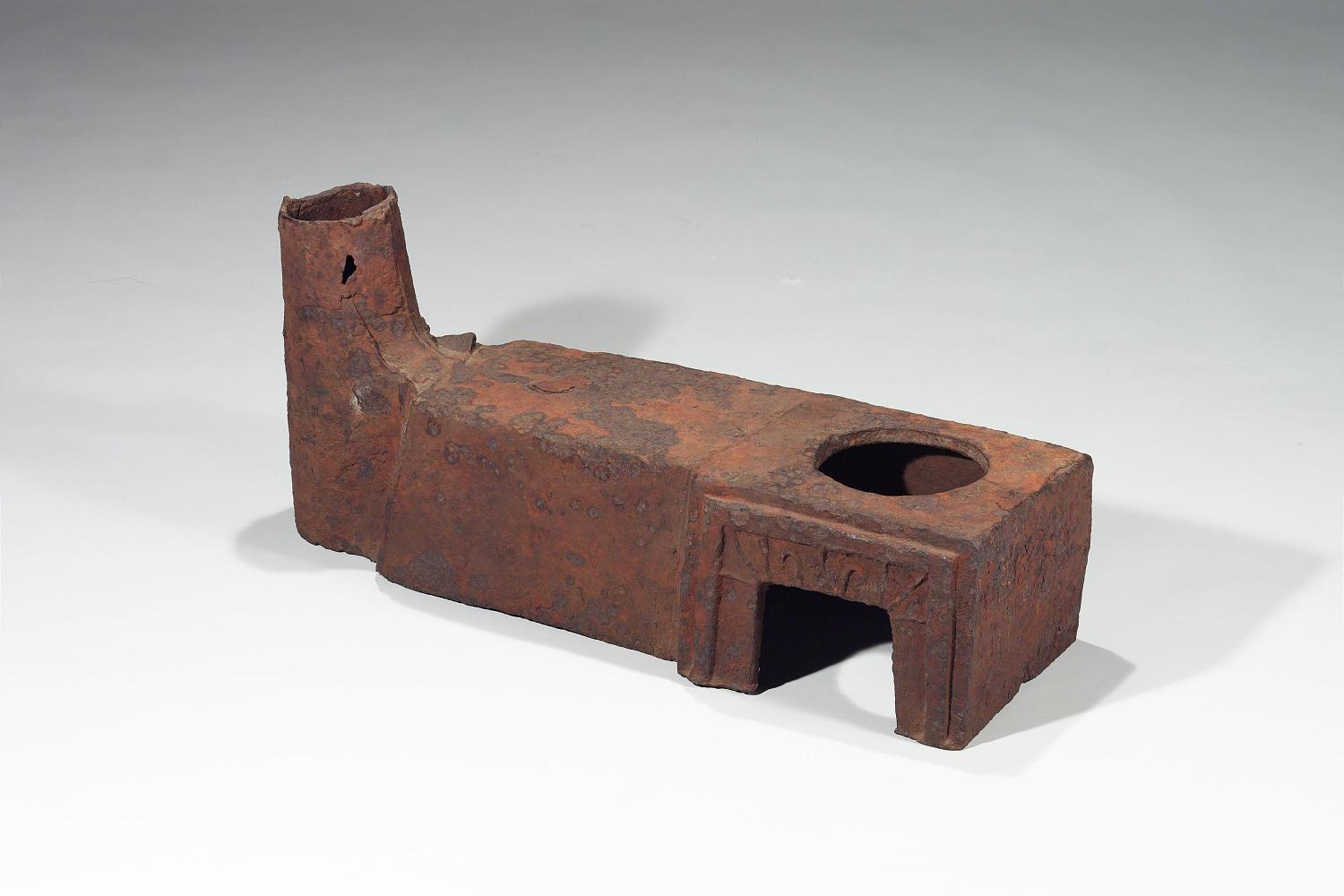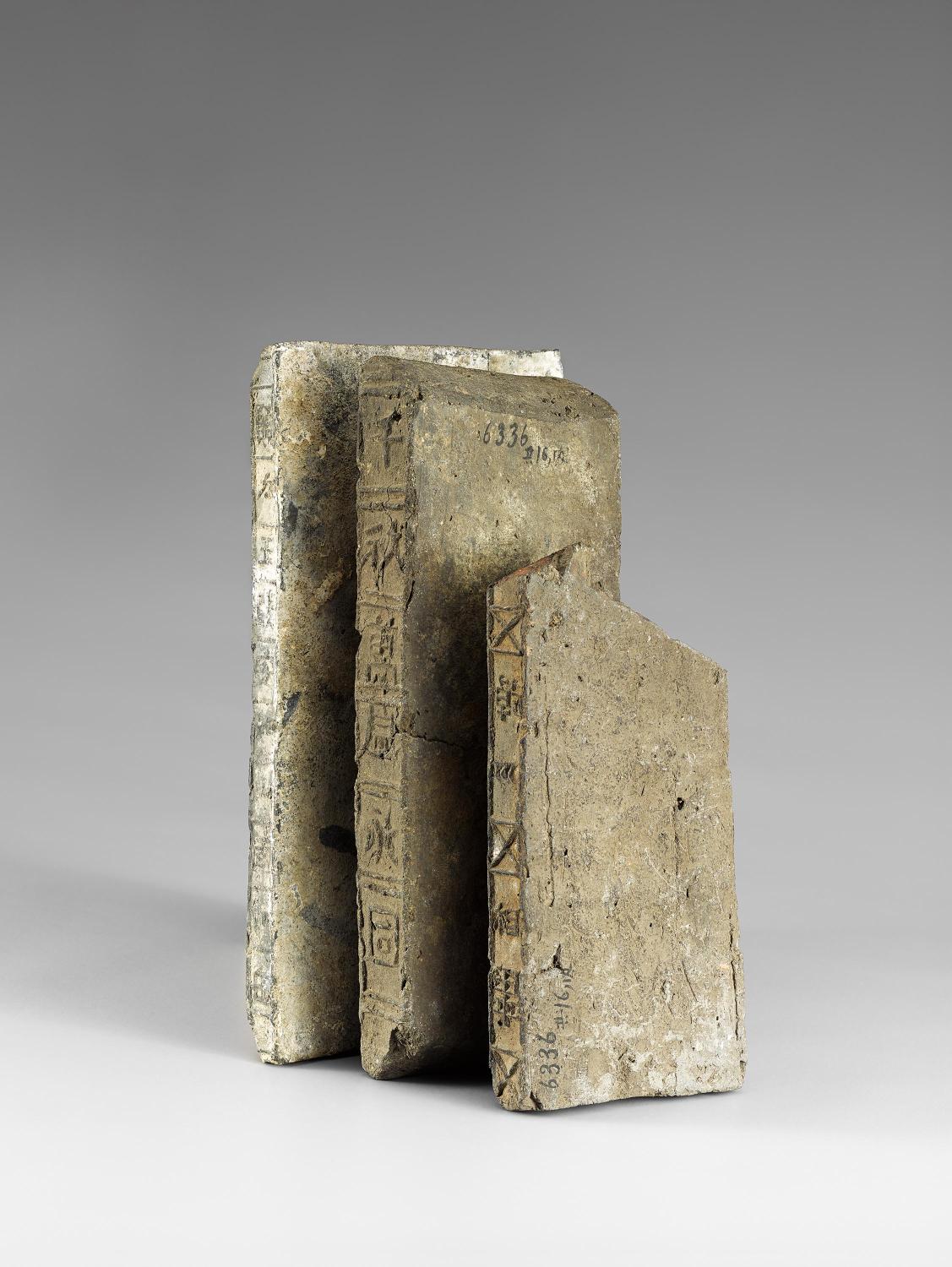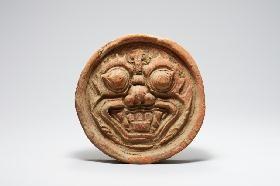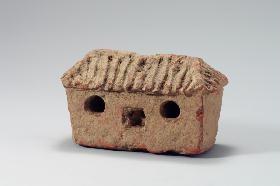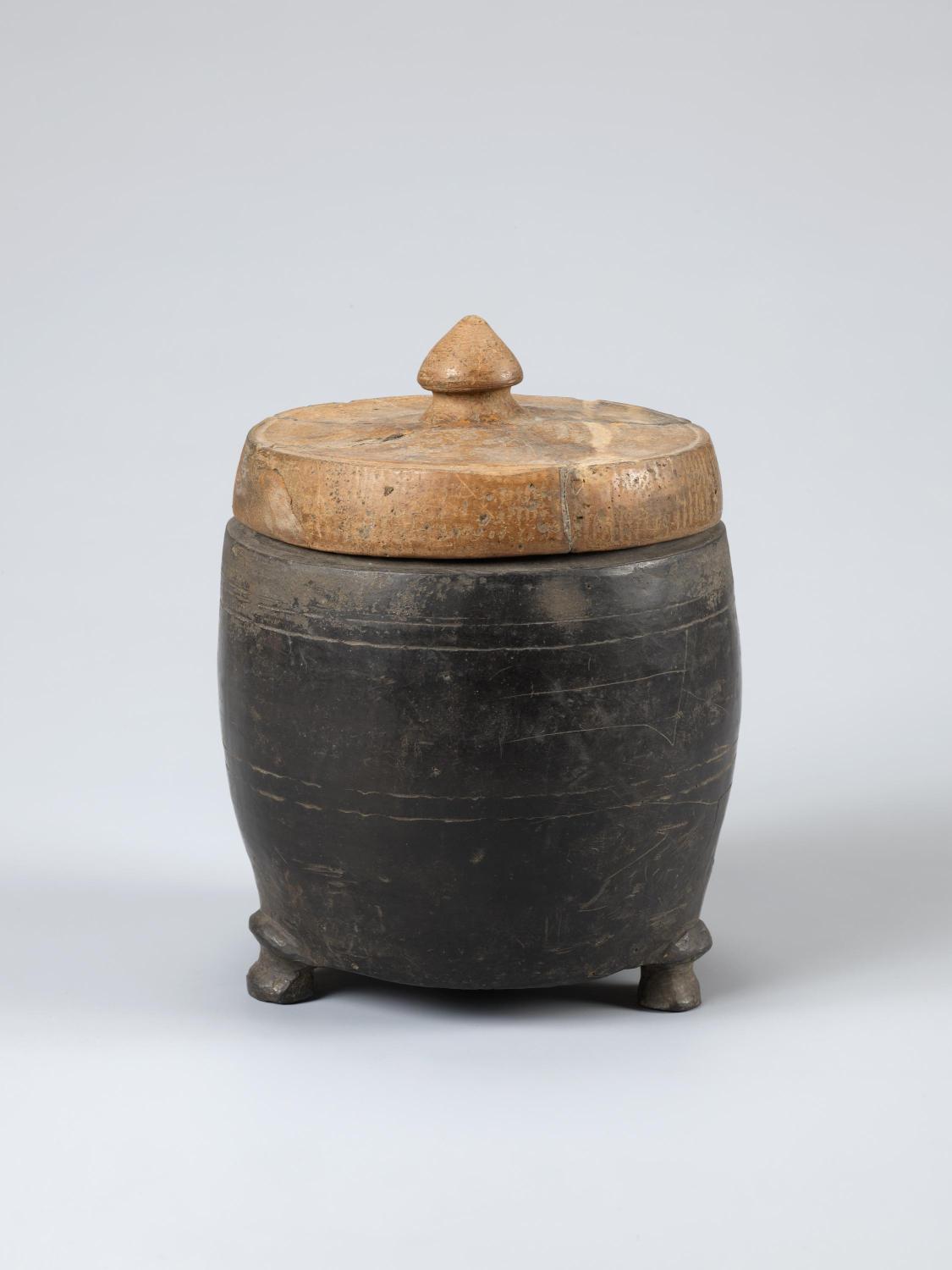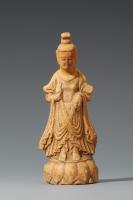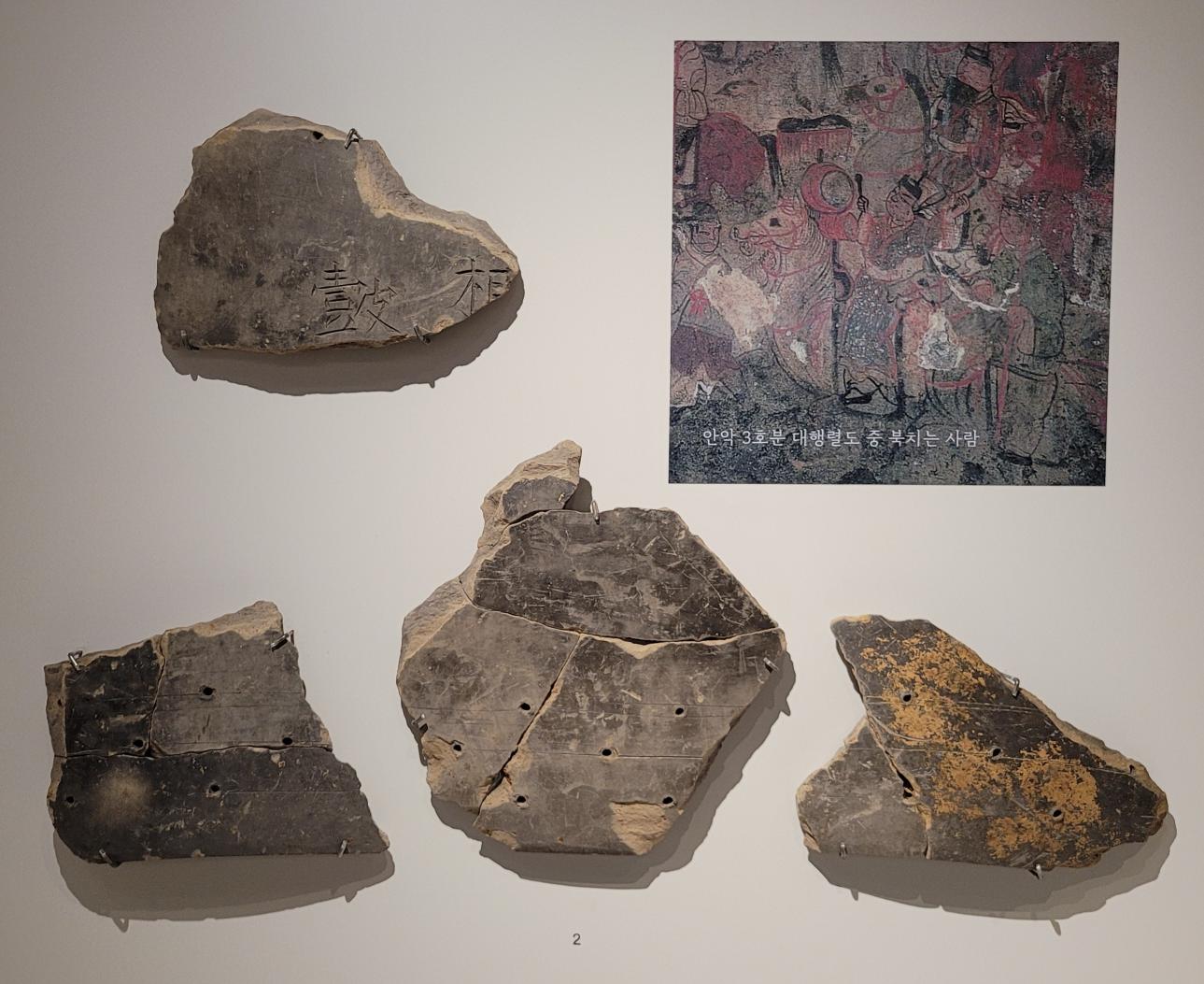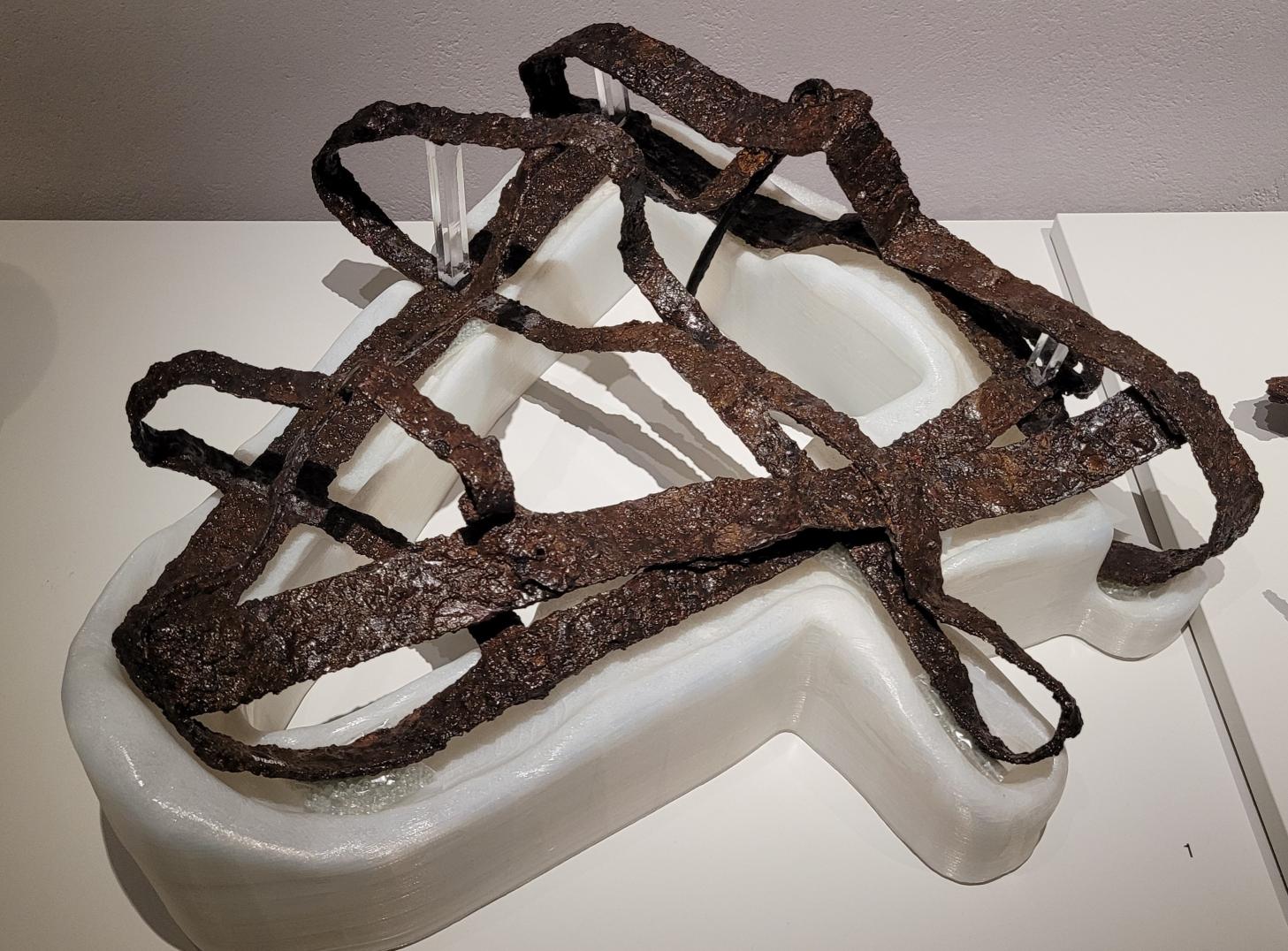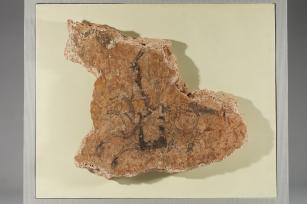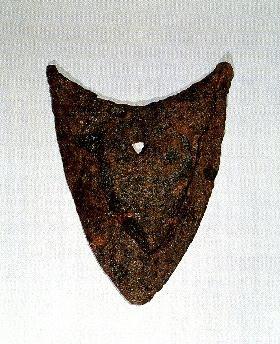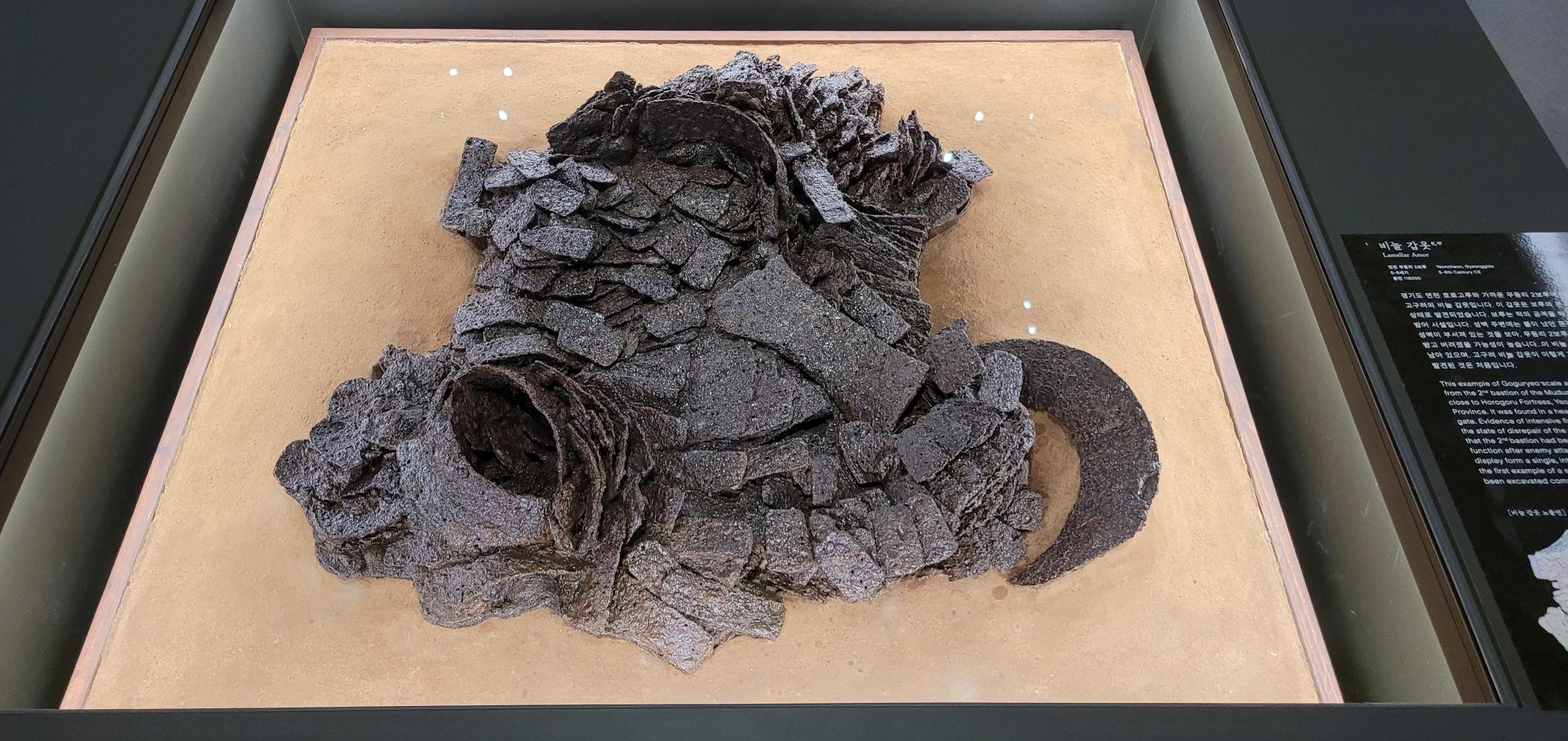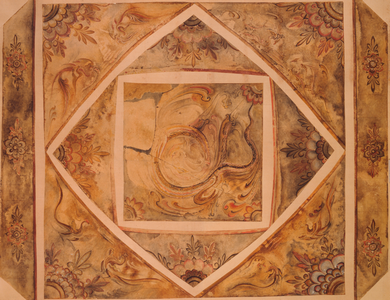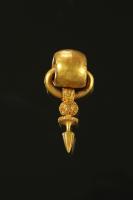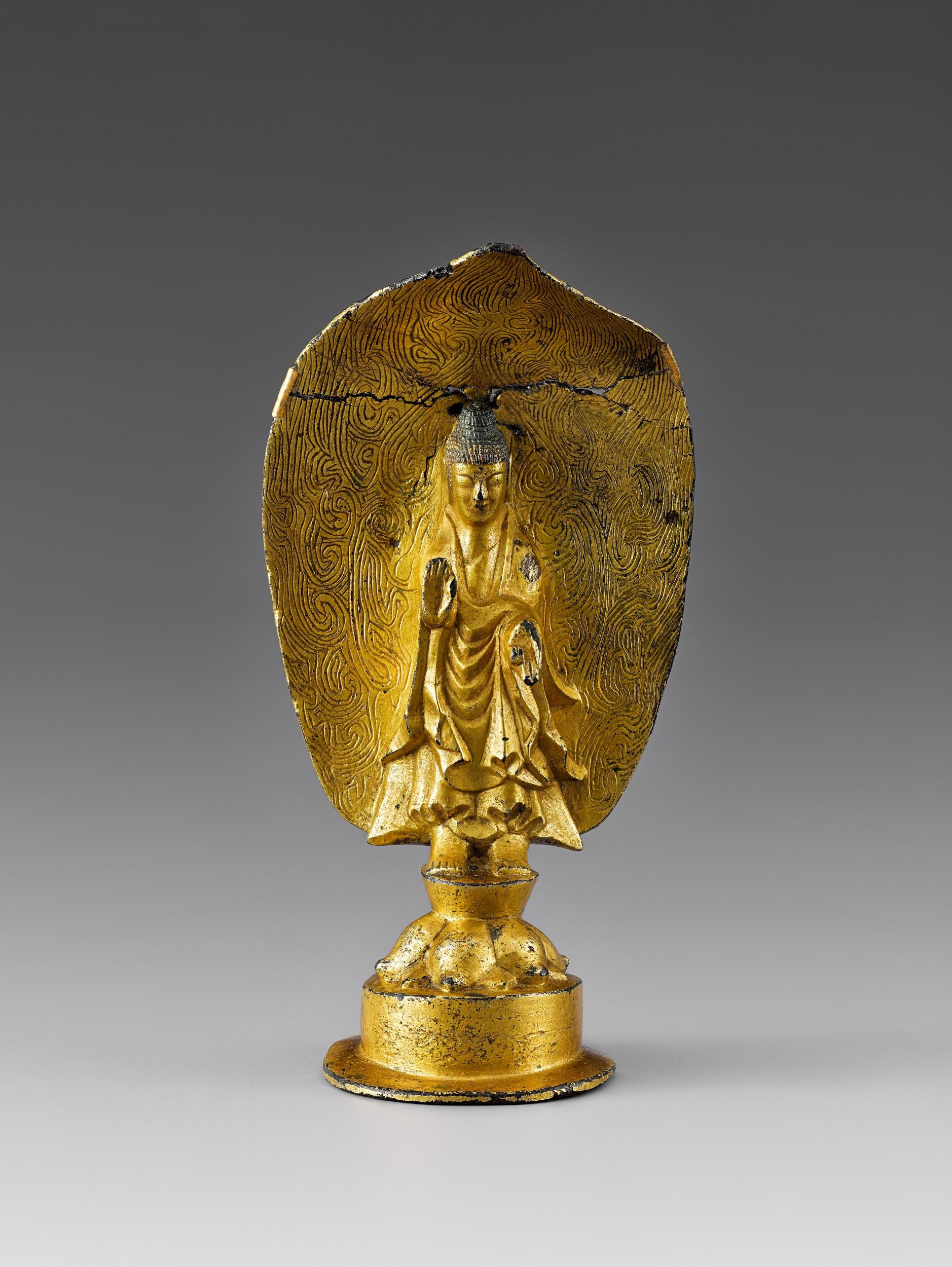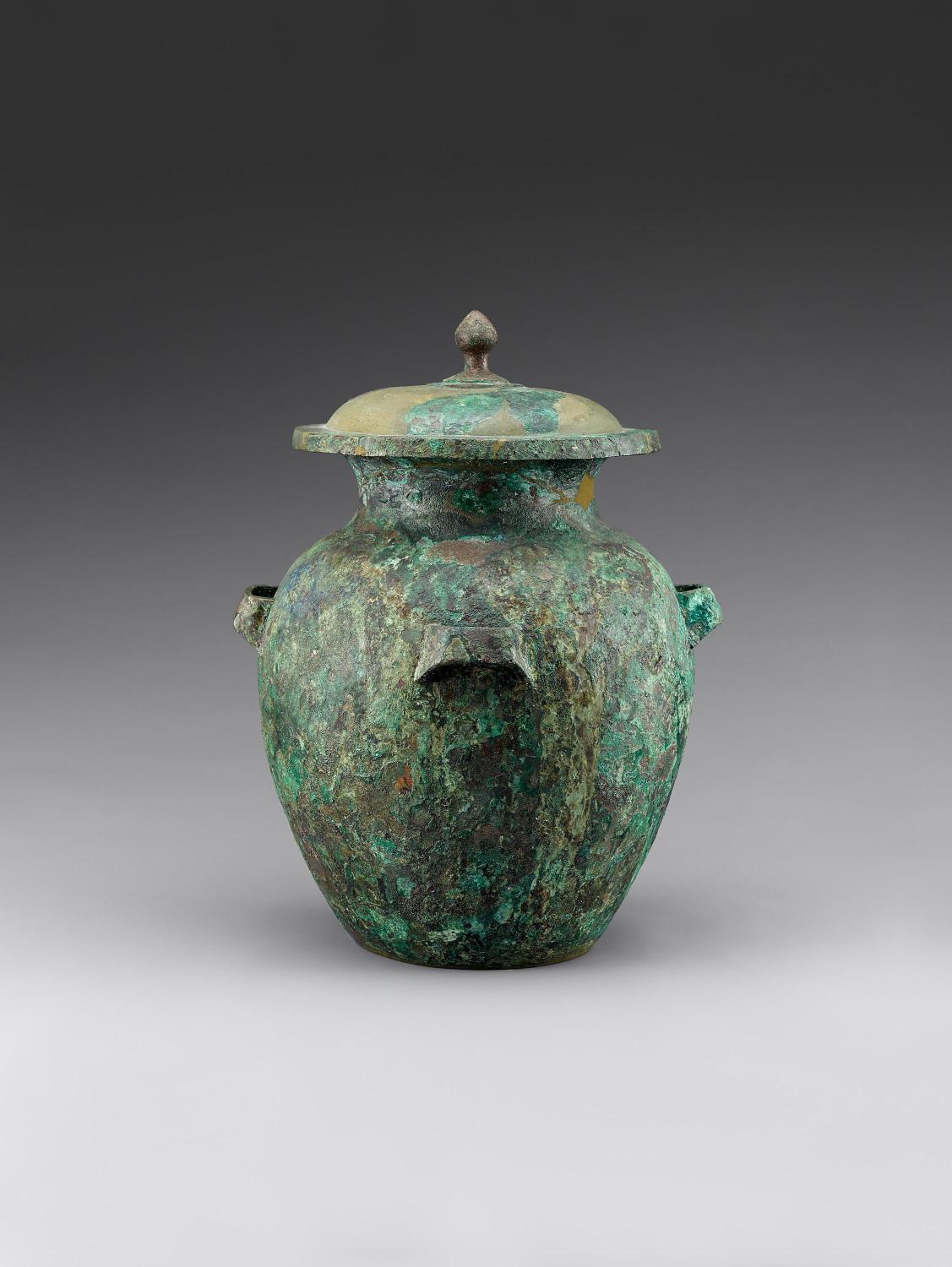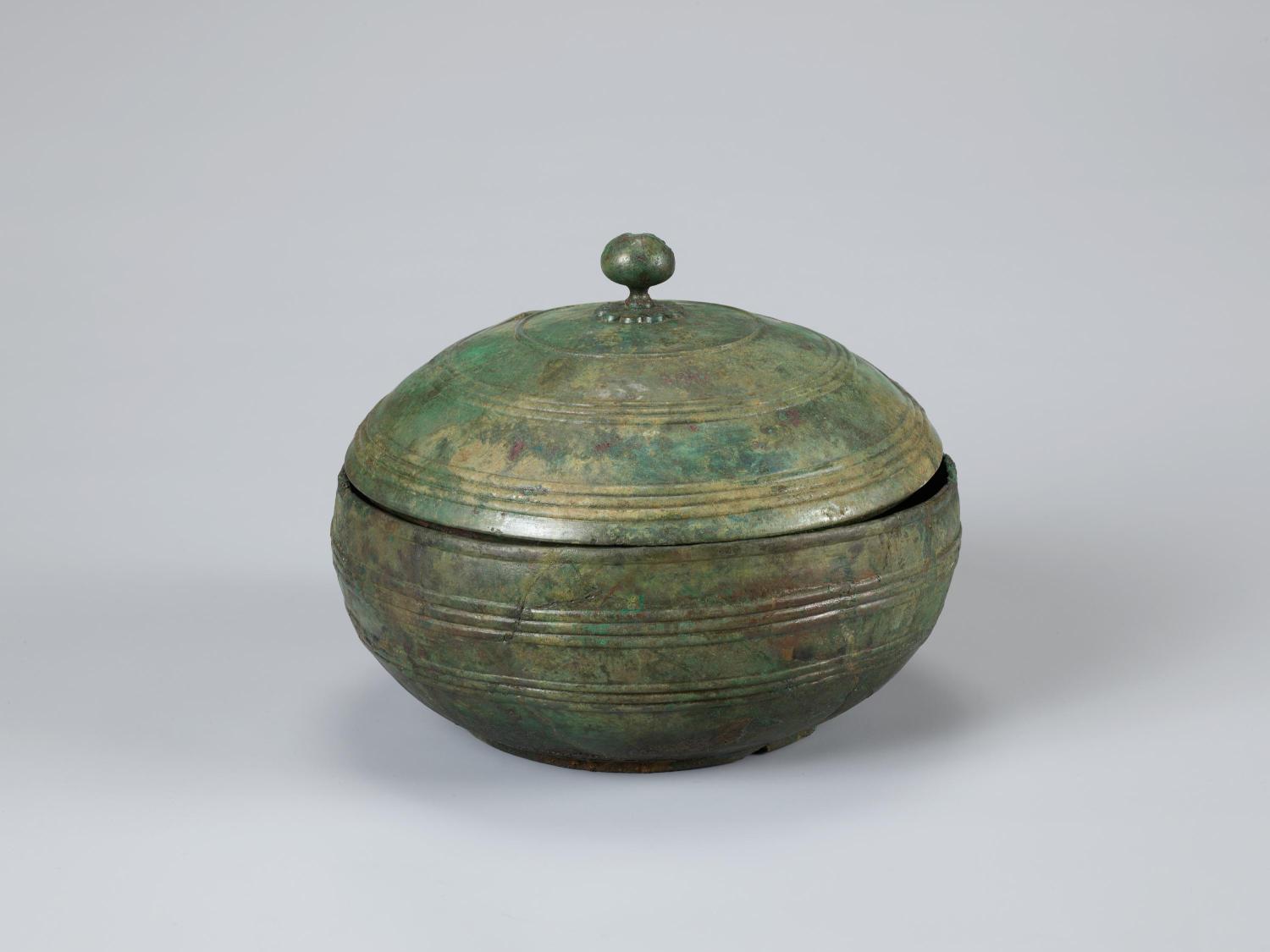- Children’s Museum
- NMK Magazine
- Museum Shop
- Related Site
- Gyeongju National Museum
- Gwangju National Museum
- Jeonju National Museum
- Daegu National Museum
- Buyeo National Museum
- Gongju National Museum
- Jinju National Museum
- Cheongju National Museum
- Gimhae National Museum
- Jeju National Museum
- Chuncheon National Museum
- Naju National Museum
- Iksan National Museum
- Cultural Foundation of National Museum of Korea
- Friends of National Museum of Korea
- The Korean Museum Association
- Language
Prehistory and Ancient History
The Prehistory and Ancient History section displays artifacts that represent some of the earliest evidence of Korean civilization and culture, from stone tools of the Paleolithic age to gold jewelry of the Silla Kingdom and stone monoliths of the Balhae era, with each room documenting those aspects that uniquely define each of Korea's different periods of ancient history.
-
Goguryeo Kingdom
-
Location
Showroom
Introduction
- Goguryeo, a Powerful State in Ancient Northeast Asia
- Goguryeo was founded by Jumong, a native of Buyeo. Goguryeo developed into a powerful state through competition with multiple neighboring countries. Maintaining frequent contact with foreign countries from early on, Goguryeo’s culture was both international and unique. It was the first of the Three Kingdoms to adopt Buddhism via the Chinese mainland. Goguryeo’s tomb murals, which beautifully and vividly capture the daily lives and ideas of the Goguryeo people, are a testament to its culture. With its diversity, openness, and cosmopolitanism, Goguryeo’s culture influenced Baekje, Silla, Gaya, and Wa (Ancient Japan), and was passed on to Balhae.
-
-
-
Location
-







 X
X  Facebook
Facebook 